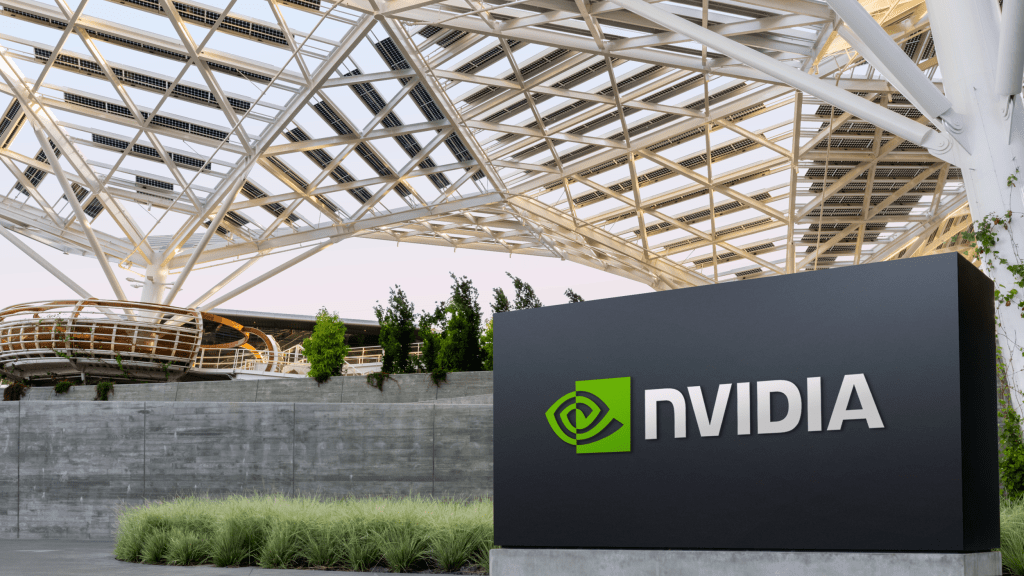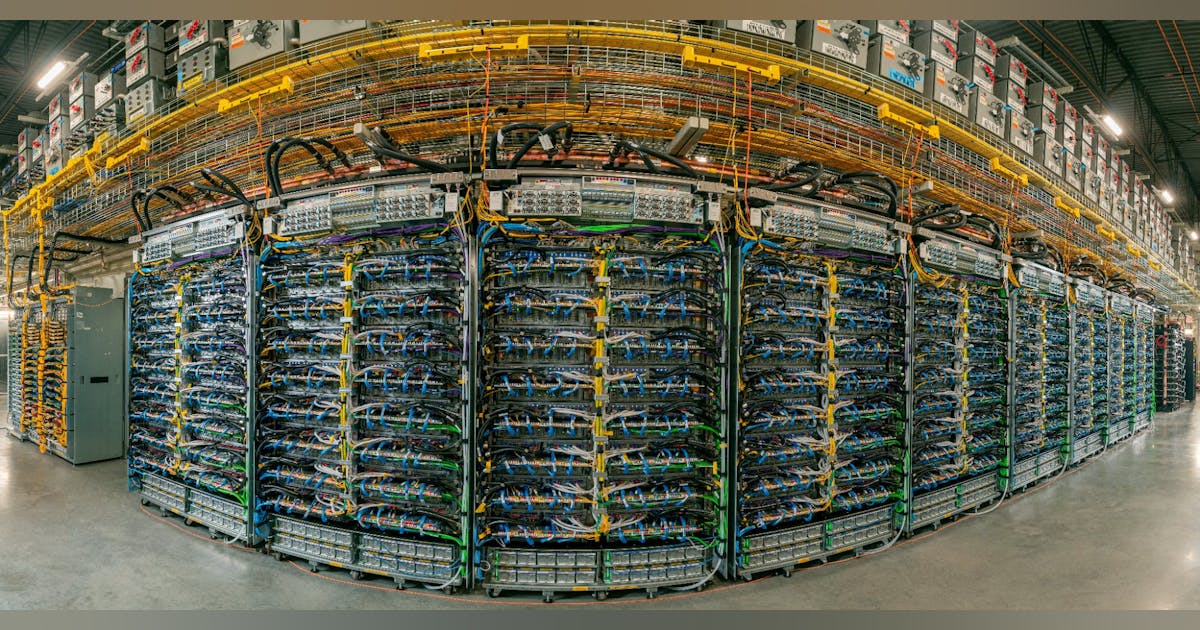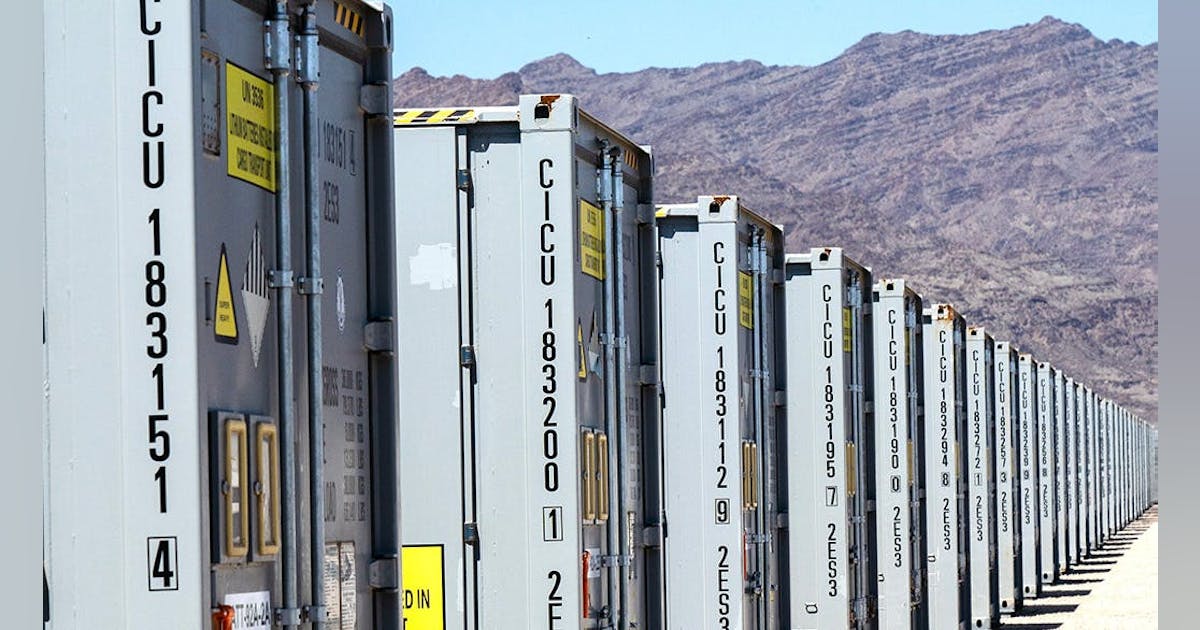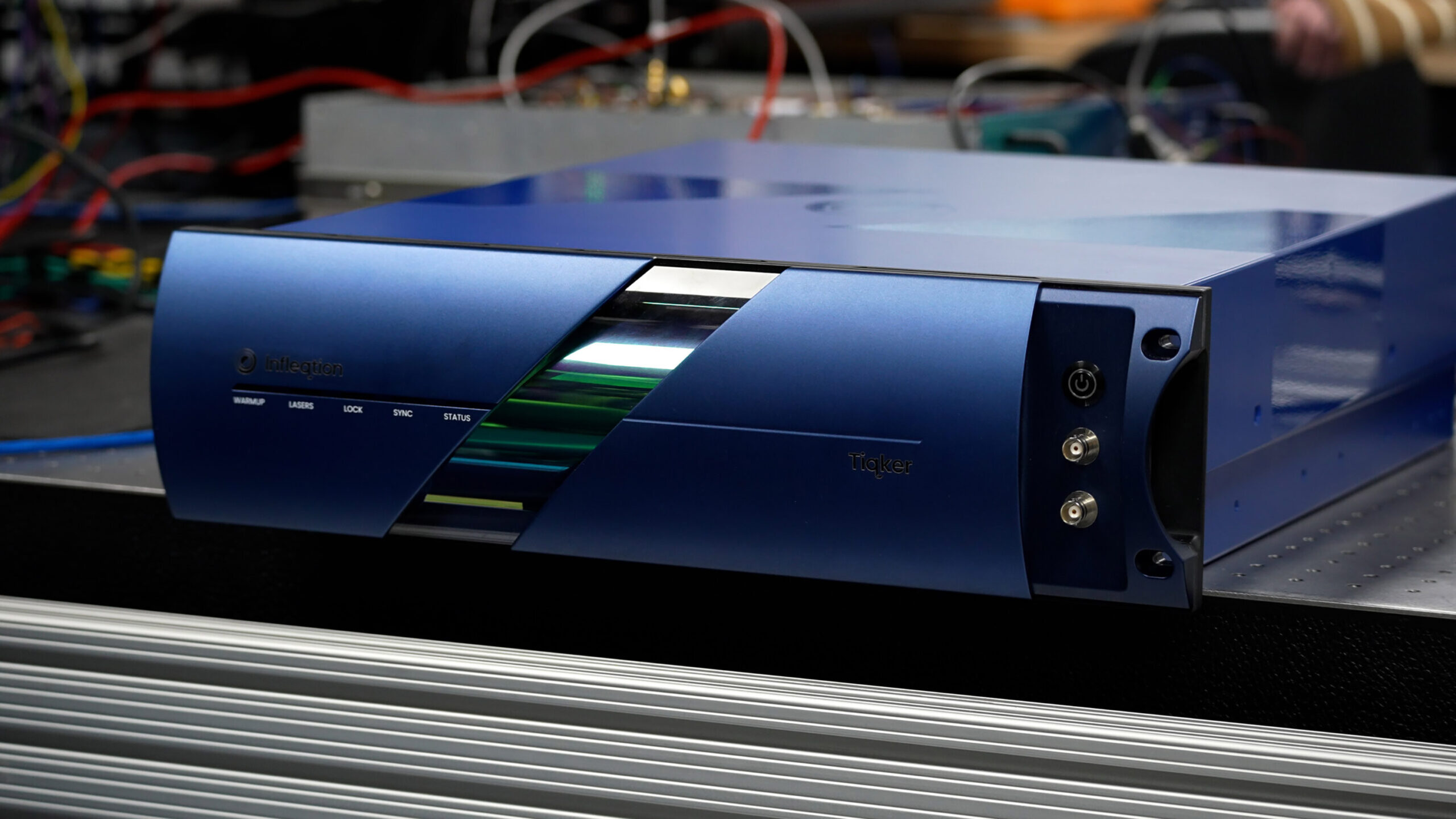
BP PLC has put online a 187-megawatt (MW) solar facility in San Patricio County, Texas, which has been contracted to help power a local petrochemical complex owned by Exxon Mobil Corp. and Saudi Basic Industries Corp.
The Peacock solar project serves Gulf Coast Growth Ventures, operated by Texas-based ExxonMobil. The petrochemical complex has an ethane steam cracker with an ethylene production capacity of 1.8 million metric tons per annum (MMtpa). The ethylene feeds three derivative units: one monoethylene glycol unit with a 1.1 MMtpa capacity and two polyethylene units that can produce up to 1.3 MMtpa together, according to online information from ExxonMobil.
With an annual expected generation of 360,000 MW hours, the solar farm can cut the petrochemical complex’s greenhouse gas emissions by over 256,000 MMtpa, the equivalent of taking about 55,000 gasoline-powered cars off the road, according to Lightsource BP, the solar arm of BP.
“The Peacock Solar project adds to Lightsource bp’s operational fleet in Texas, helping reduce carbon emissions while diversifying the state’s energy mix to enhance security and reliability,” Helen Brauner, interim chief operating officer of Lightsource BP, said in an online statement.
Peacock is expected to generate $25 million in tax revenue over 25 years, Lightsource BP said. During construction it supported over 300 onsite jobs, according to the company.
“The project also supports U.S. manufacturers, with ultra-low carbon solar panels from Arizona-based First Solar and intelligent trackers from Connecticut-based GameChange Solar”, Lightsource BP added.
The Peacock site will grow vegetation including native species to support pollinators and other wildlife, as well as allow sheep grazing, it said.
“By layering on biodiversity and agrivoltaics initiatives, projects like Peacock offer a win-win for both the environment and local communities”, Brauner said.
Besides Peacock, Lightsource BP has three other solar projects in Texas that are in operation: the 260-MW Impact Solar in Lamar County, the 163-MW Elm Branch Solar in Ellis County and the 153-MW Briar Creek Solar in Navarro County.
It is building two more: the 163-MW Starr Solar in Starr County and the 125-MW Second Division Solar in Brazoria County.
Last year Lightsource BP secured an offtake agreement with fashion brand H&M Group for the Brazoria project.
Second Division Solar was expected to start operation by the end of last year, Lightsource BP said October 31, 2024, announcing the power purchase agreement. “From then on, the Second Division solar farm will deliver enough electricity to power an estimated 20,500 U.S. homes each year, while lowering carbon emissions — the equivalent of taking 33,300 fuel-burning cars off the road”, it said.
BP, which has set a goal to approve projects for 50 GW of net installed renewables capacity globally by 2030, fully took over Lightsource BP last year after acquiring the 50.03 percent stake it did not already own, from founders, management and staff.
Before completing the takeover, Lightsource BP transferred 2.4 GW of its operational and under-construction capacity in the United States to a new joint venture between BP and Lightsource BP’s founders and certain management and staff, according to BP.
Lightsource BP retains “its standalone operating model and independent brand, delivering renewable and affordable energy to businesses and communities across the world”, BP said October 24, 2024, announcing the completion of the takeover.
The brand’s model involves “selling majority interests in assets it has developed to strategic partners”, BP said.
To contact the author, email [email protected]






















